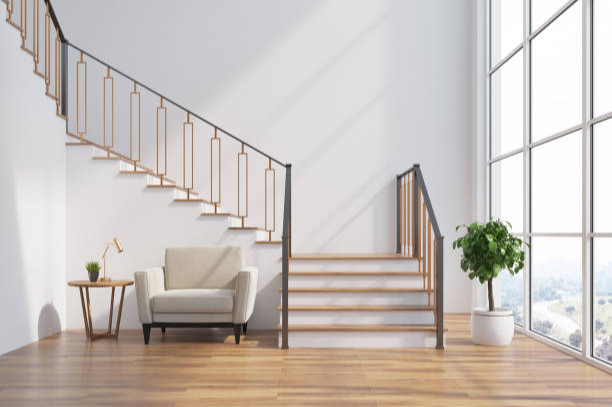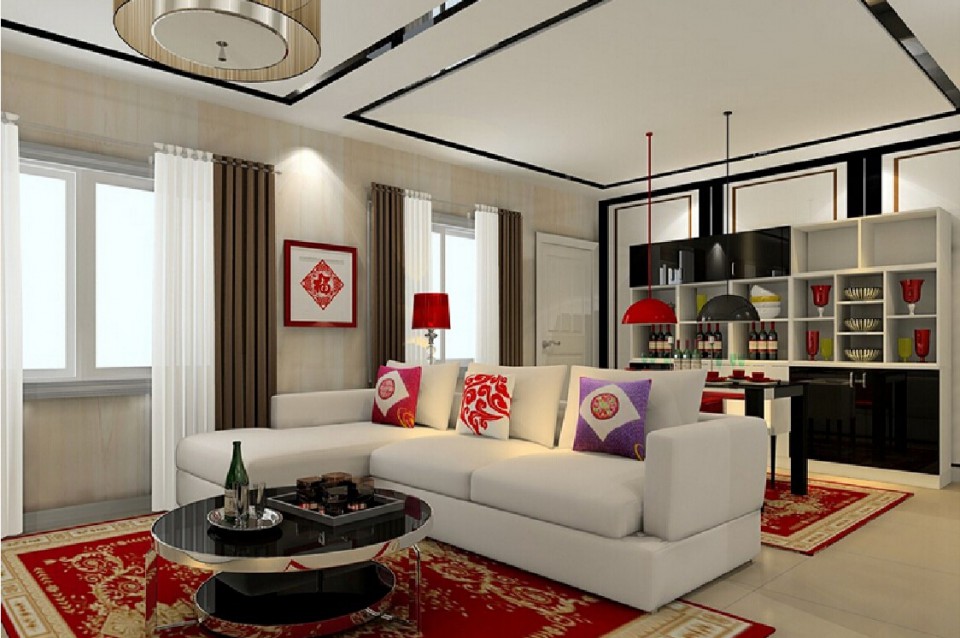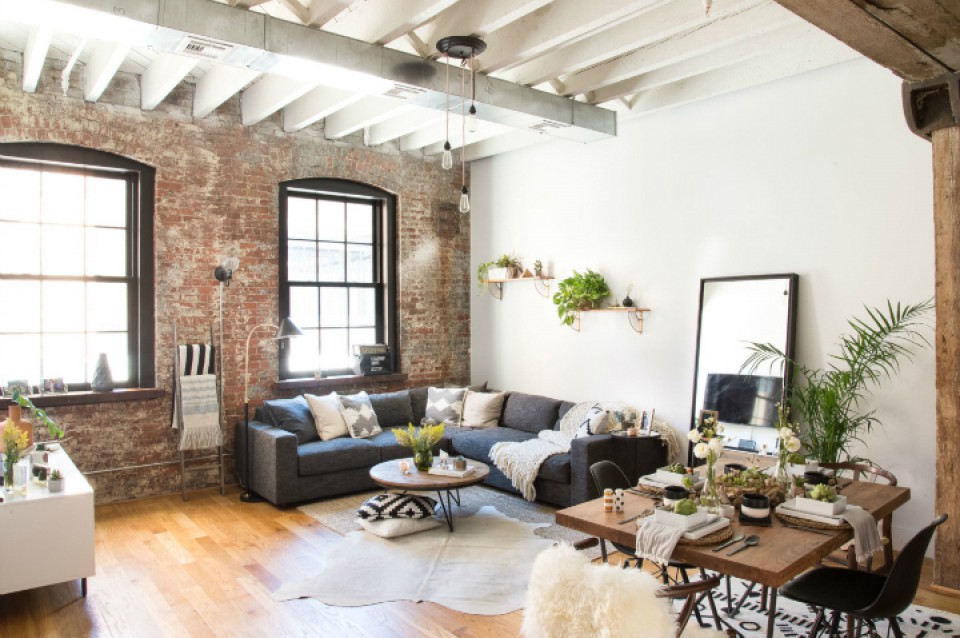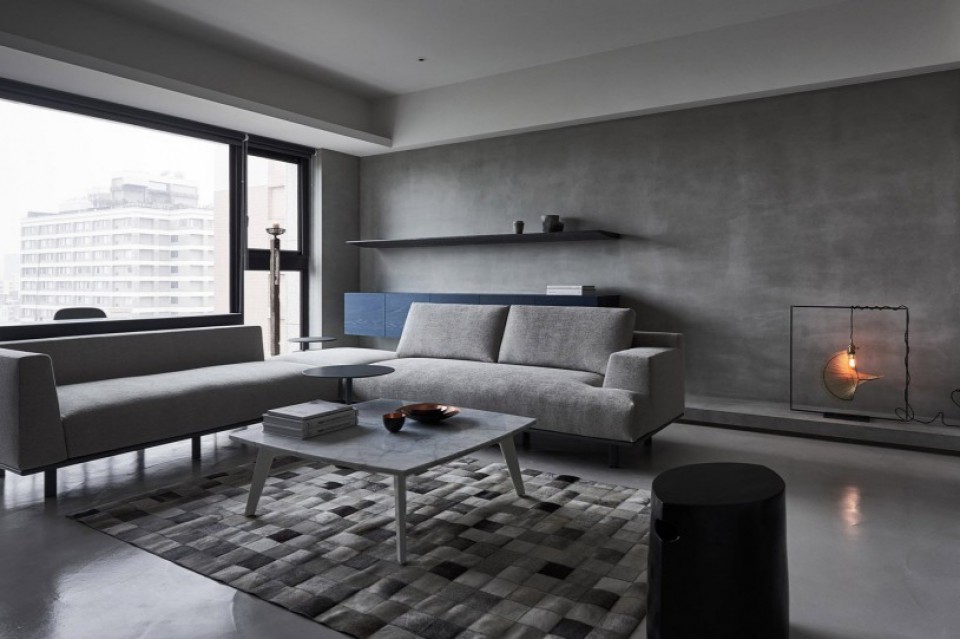Get to Know 7 Types of Ceiling for Homes Along with Their Pros and Cons

Let's take a look at various types of home ceilings, including their advantages and disadvantages.
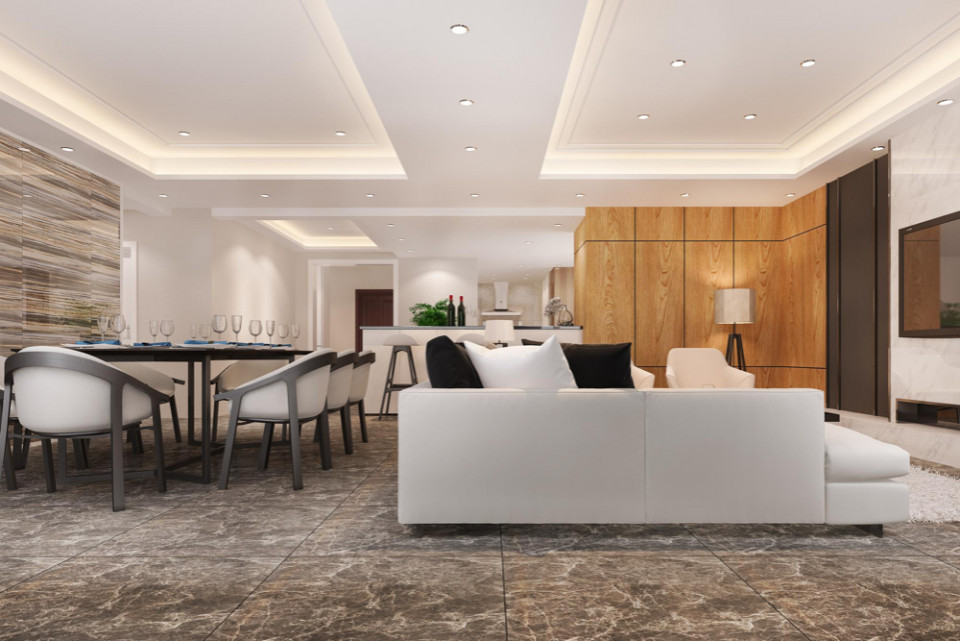
Sumber: freepik.com
Ceilings are essential elements of a home. They not only act as a boundary between the roof and the room but also serve as decorative elements, sound and heat insulators, and prevent debris from falling from the roof.
Currently, ceiling designs come in various types that can be tailored to your interior concept to create a harmonious appearance, such as minimalist ceiling designs. For those who are unsure about choosing the right ceiling type, let's explore the various types of home ceilings along with their advantages and disadvantages.
1. Plywood Ceilings

Sumber: shopify.com
Plywood ceiling sheets, available in various thicknesses, can be installed using a wooden frame. The advantages of plywood ceilings are their affordability and lightweight, making installation easier. However, they are not fire-resistant and can be easily damaged when exposed to water.
2. Acoustic Ceilings
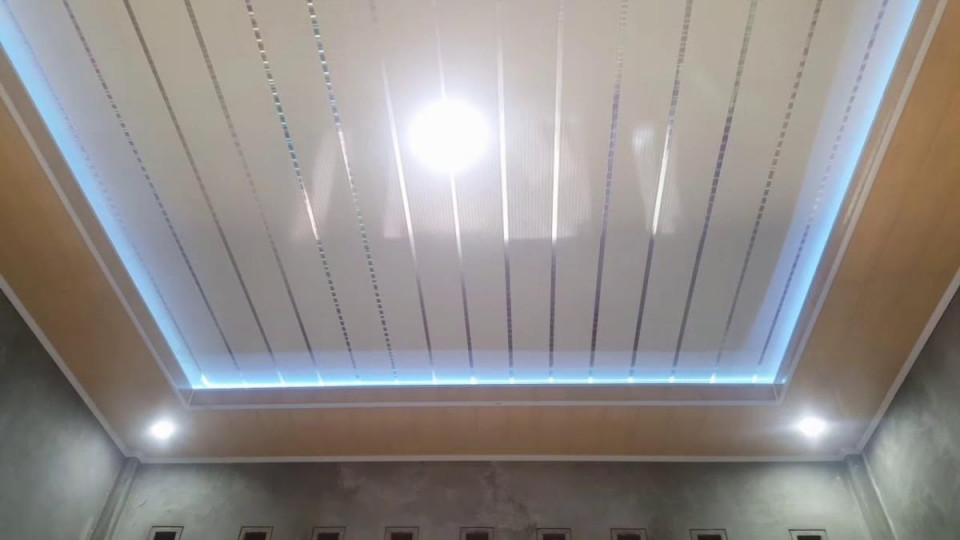
Sumber: sekatpartisi.com
Acoustic ceilings are commonly used in meeting rooms, performance spaces, or auditoriums as they can effectively dampen sound. If you want to create a peaceful atmosphere at home, consider using acoustic ceilings. They are easy to install on metal or wooden frames due to their lightweight nature. However, acoustic ceilings tend to be expensive and may not be readily available in the market.
3. Metal Ceilings
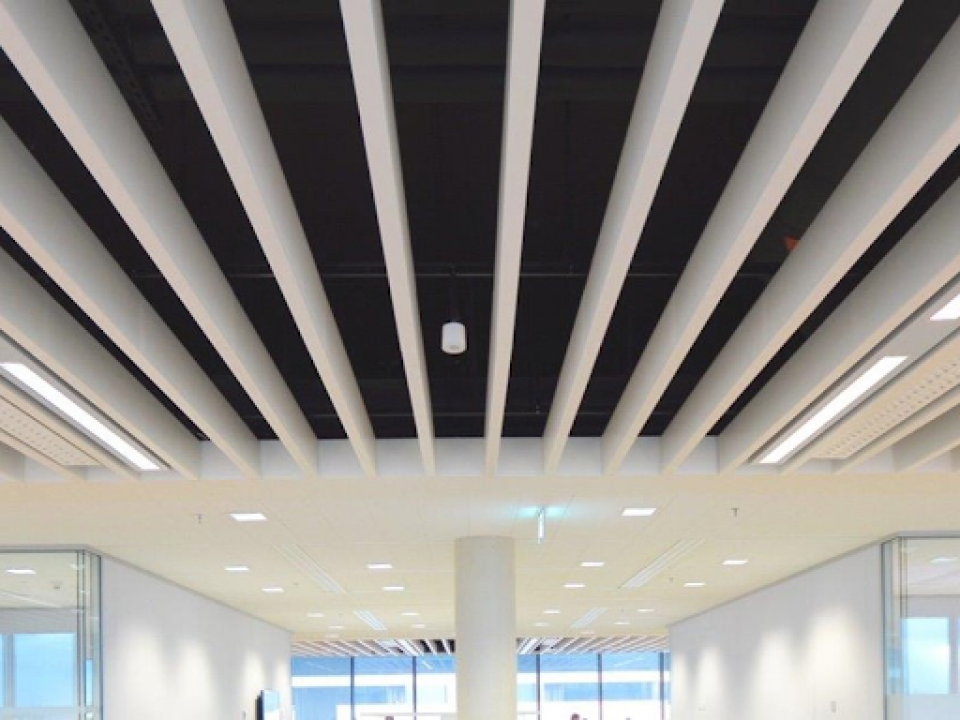
Sumber: interiordesign.id
Metal ceilings come in various patterns that can be tailored to your taste and home interior concept. Metal ceilings have several advantages, including being waterproof, termite-resistant, and durable. However, they are quite expensive, similar to acoustic ceilings, which limits their popularity.
4. PVC Ceilings

Sumber: evoplafon.com
Polyvinyl Chloride or PVC, commonly used for water pipes, is now also used as a material for ceilings. PVC ceilings offer several advantages, such as being lightweight for easy installation, fire and water resistance, termite resistance, stylish appearance, and a variety of colors to match your interior concept. Unfortunately, PVC ceiling prices are relatively high, and they cannot be manually repainted, requiring a new ceiling installation to change the color.
5. Glass Fiber Cement Board (GCR) Ceilings
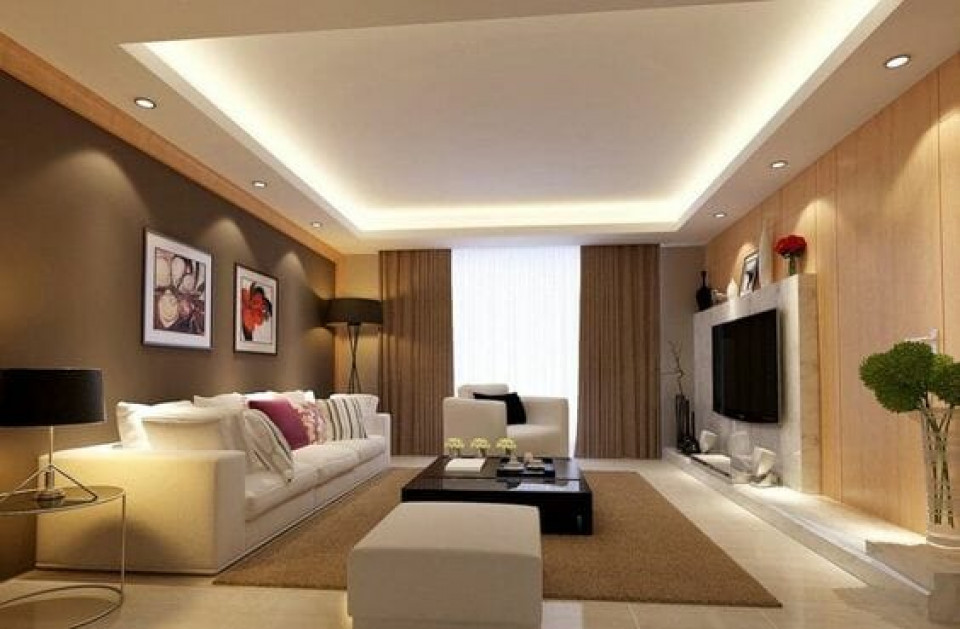
Sumber: pinhome-blog
Glass Fiber Cement Board (GCR) ceilings have become popular because of their economical price, water and fire resistance, and greater strength compared to plywood ceilings. GCR ceilings can be applied to metal or wooden frames. However, the installation process can be quite complex, requiring skilled craftsmen to achieve a neat result.
6. Gypsum Ceilings
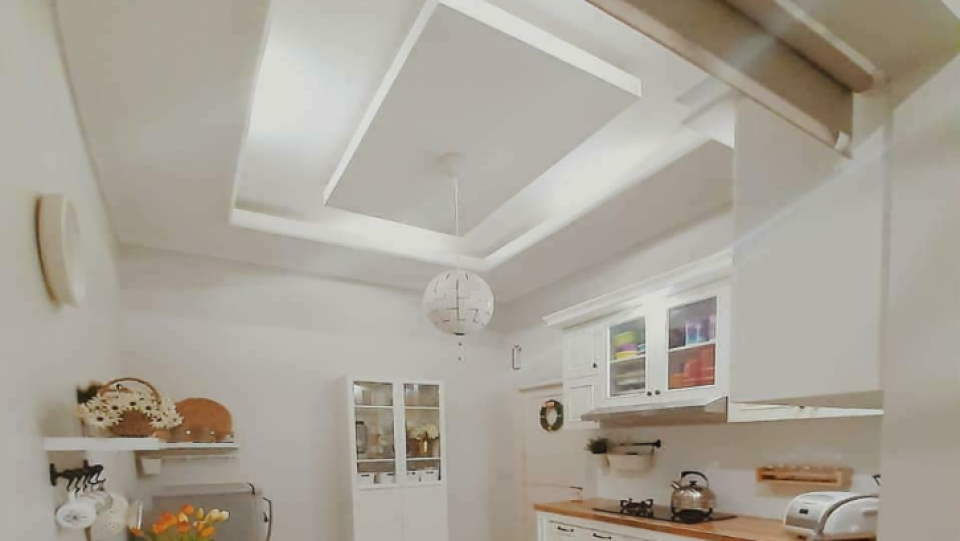
Sumber: angel-prod-public-content
Gypsum ceilings are suitable for minimalist homes and come in various designs, including domed or tiered models. Gypsum ceilings are easy to find in the market and are sold at a reasonable price. However, they are highly absorbent to water, making them prone to sagging and collapse in case of roof leaks.
7. Eternit Ceilings
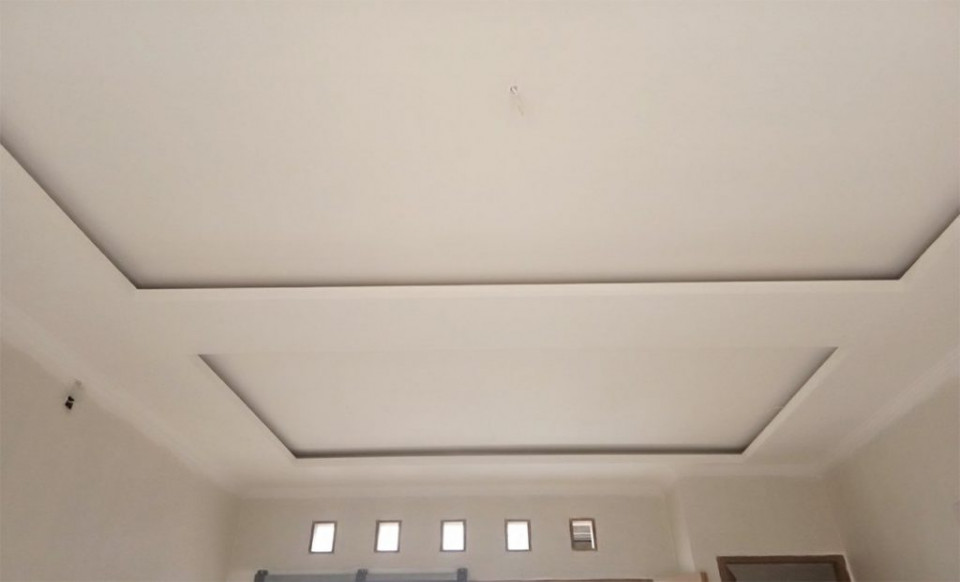
Sumber: courtina.id
Eternit ceilings are made from a mixture of cement and fabric scraps. They are sold at an affordable price and are fire-resistant, even when exposed to water droplets. Eternit ceilings provide a cool atmosphere in the room below. However, they are fragile and prone to cracking, so they should be installed with care. To maintain aesthetic value, you can install wall-colored lighting on these ceilings.
These seven types of home ceilings each have their own characteristics, advantages, and disadvantages. You can choose the one that fits your budget, home environment, and interior design.



